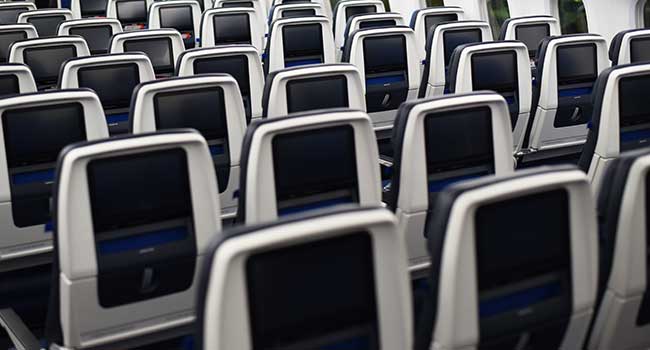
United, Delta, American Airlines Cover Seatback Cameras
In response to passenger outcry about privacy, United, Delta and American Airlines are now covering the small cameras in the back-of-seat units on their planes.
- By Jessica Davis
- May 03, 2019
United, Delta and American Airlines are now covering the tiny in-unit cameras in their seatback entertainment systems following passenger concerns about privacy.
The public concerns began when a photo showing a camera embedded in a Singapore Airlines in-flight TV display went viral.
According to BuzzFeed News, United Airlines has covered all of the cameras in the back-of-seat entertainment systems in the airline’s premium seats. The airline will continue to cover the cameras as it adds premium seats on additional aircraft, a spokesperson said.
United said that the cameras were a “standard feature” included by the entertainment systems’ manufacturer for potential future use.
“As with many other airlines, some of our premium seats have in-flight entertainment systems that came with cameras installed by the manufacturer,” a United Airlines spokesperson said. “None of these cameras were ever activated and we had no plans to use them in the future, however we took the additional step to cover the cameras. The cameras are a standard feature that manufacturers of the system included for possible future purposes such as video conferencing."
A Delta spokesperson told BuzzFeed News that the airline has added covers to all of its seatback entertainment system cameras “as a visible way to reassure customers,” adding that Delta had no plans to install the software required in order to activate and use the in-unit cameras.
A representative for American Airlines told BuzzFeed News that it also “will be installing covers over the cameras.” The cameras “have always, and continue to be, de-activated,” the representative said.
About the Author
Jessica Davis is the Associate Content Editor for 1105 Media.